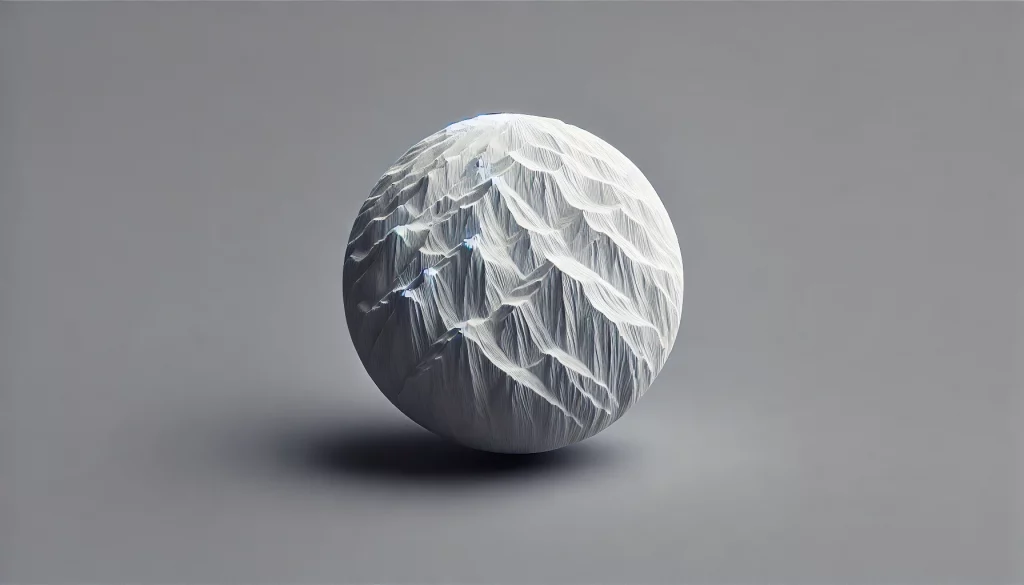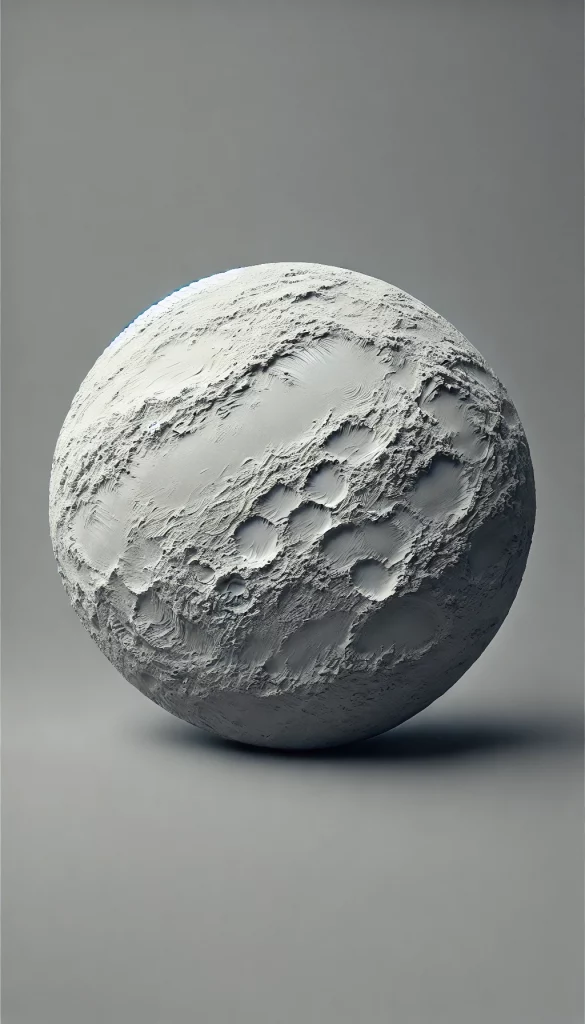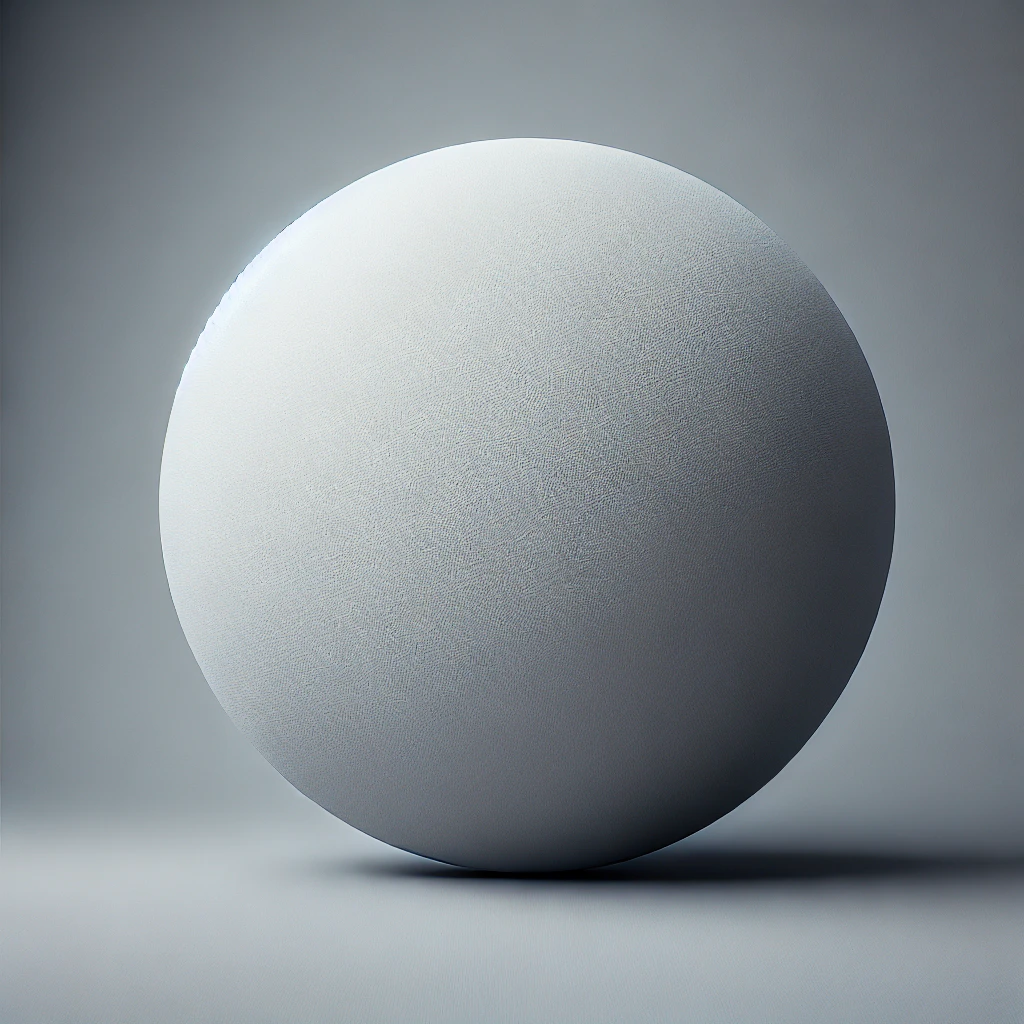Keeping Content Vertical for Mobile Displays
When designing a webpage, it’s important to ensure that content looks good and is easy to read on mobile devices. Mobile screens are much smaller than desktop monitors, so organizing content vertically helps users navigate and interact with the site more effectively. Here’s how to keep your content vertical and user-friendly on mobile devices:
- Use Vertical Layouts: Arrange content in a single column that stacks from top to bottom. This makes it easier for users to scroll through the page without having to navigate sideways.
- Prioritize Key Information: Place the most important content, like headings, main text, and calls-to-action, near the top of the page. This ensures that users see the most critical information first as they scroll.
- Keep Text Readable: Use large, legible fonts and ensure there is enough spacing between lines of text. Avoid long paragraphs; break them into shorter, more digestible sections.
- Optimize Images and Media: Make sure images and videos are responsive, meaning they adjust to fit the width of the screen. Avoid large files that can slow down loading times.
- Ensure Touch-Friendly Buttons: Buttons and links should be large enough to be easily tapped with a finger. Make sure there is enough space between clickable elements to prevent accidental clicks.
- Test on Multiple Devices: Check how your site looks on various mobile devices and screen sizes to ensure a consistent and user-friendly experience.
By following these tips, you can create a website that provides a seamless and enjoyable experience for users on mobile devices, keeping everything neatly organized in a vertical layout.
Headings: Organizing Your Content
Headings are like titles and subtitles that help break up your content. Here are different levels of headings, each with a specific purpose:
This is a Main Title (Heading 1)
This is typically the main title of your webpage. There should only be one Heading 1 on each page (Title), usually at the top.
This is a Section Title (Heading 2)
Use Heading 2 for main sections of your page. Think of it like a chapter title in a book.
This is a Subsection Title (Heading 3)
Heading 3 is for smaller sections or subsections under Heading 2. It helps break content into more digestible parts.
This is a Small Subheading (Heading 4)
Heading 4 is typically used to highlight minor sections or small groupings within a subsection.
Images: Adding Visuals to Your Page
Images make your webpage more engaging. Here are examples of images in different aspect ratios (sizes), to show how they can look:
16:9 Aspect Ratio (Wide)
This is an example of a wide image, often used for banners or videos.

4/3 Aspect Ratio (Traditional)
The 4/3 ratio is a traditional size, for images that aren’t too wide or too tall.

1/1 Aspect Ratio (Square)
A square image is exactly the same width and height, which makes it perfect for profile pictures or icons.

Paragraphs: Writing Your Content
Paragraphs are the main way to present text on your webpage. Each time you want to start a new idea, you create a new paragraph. For example:
This is the first paragraph of your content. It’s a good idea to keep paragraphs short and easy to read. This makes your page more user-friendly.
This is the second paragraph. If you have a lot to say, break it up into smaller paragraphs to keep it visually clean and easy to follow.
Lists: Organizing Information Clearly
Lists help you organize information so that it’s easier to follow. Here are two types of lists you can use:
Bullet Point List
- Bullet points are great for quick ideas or features.
- They help break up text and make it easy to scan.
- Each item stands out clearly on its own.
Numbered List
- Use a numbered list when the order matters, like for steps in a process.
- Each item is numbered automatically by the browser.
- Readers can easily follow along step by step.
Blockquotes: Highlighting Important Quotes or Statements
If you have an important quote or a key statement you want to emphasize, you can use a blockquote. It stands out from the rest of the text. Here’s an example:
“Design is not just what it looks like and feels like. Design is how it works.” — Steve Jobs
Tables: Displaying Information in Rows and Columns – AVOID IF POSSIBLE
Tables show information in a clear, structured way. However they do not work very well in mobile displays. Always check on a phone to see if it’s broken the page.
Here’s an example of a simple table:
| Feature | Description |
|---|---|
| Headings | Organize content into sections and subsections. |
| Images | Visually enhance your page and break up text. |
| Lists | Present information in an easy-to-read format. |
Buttons and Links
Buttons and links are elements you interact with on a web page, but they serve different purposes:
- Links are like clickable text or images that take you to another web page or site when you click on them. For example, if you see a phrase or a picture that says “Visit Example.com,” clicking on it will take you to the Example.com website.
- Buttons are used for actions, like submitting a form or starting an action. They often look like clickable rectangles or shapes. For instance, a button labeled “Submit” might be used to send your information after filling out a form.
Example Article:
Title: Beginner’s Guide to Gardening
Gardening is a fulfilling hobby that allows you to grow your own flowers, herbs, or vegetables while enjoying the outdoors. If you’re just starting out, here’s a simple guide to help you create your first garden.
H2: Planning Your Garden
Proper planning is the key to a successful garden. This involves choosing the right location that gets adequate sunlight and has good soil drainage. Next, decide what to plant based on your space, climate, and personal preferences, starting with easy-to-grow varieties if you’re a beginner.
Prepare your soil by enriching it with compost to ensure it’s nutrient-rich and well-structured. Additionally, consider how you will water your garden and plan your layout to accommodate the needs of your plants. By addressing these basics, you’ll set a strong foundation for a thriving garden.
H3: Choosing a Location
Your garden should be in a spot that receives at least 6 hours of sunlight each day. Sunlight is essential for plants because it helps them photosynthesize, which is crucial for their growth and productivity. Plants like tomatoes, peppers, and herbs need ample sunlight to thrive and produce a good harvest. If your garden area doesn’t get enough sunlight, you might notice stunted growth and fewer blooms or fruits.
If you have limited space or if your garden doesn’t get enough sunlight, there are still effective alternatives. Containers are a great option for smaller or shaded areas. They can be placed on patios, balconies, or even windowsills where they can catch the available light. Additionally, raised garden beds can be positioned in sunny spots and can also improve soil drainage and accessibility. By using containers or raised beds, you can effectively manage your growing environment and make the most out of your available space.
H3: What to Grow
Selecting the right plants is essential for success. For beginners, start with plants that are easy to grow:
- Vegetables: Tomatoes, lettuce, and cucumbers.
- Herbs: Basil, mint, and parsley.
- Flowers: Marigolds, sunflowers, and zinnias.
“The love of gardening is a seed once sown that never dies.” — Gertrude Jekyll
Preparing and Planting
After planning your garden, it’s time to prepare the soil and start planting. This section explains how to set up your garden properly.
Preparing the Soil
Good soil is the foundation of a healthy garden. Loosen the soil to allow roots to grow freely and mix in compost to add essential nutrients.
Planting
When planting seeds or seedlings, follow the spacing guidelines on the seed packet or plant tag. This will ensure that your plants have enough room to grow.
Conclusion
Gardening is a rewarding hobby that anyone can start. With a bit of planning and care, you can enjoy fresh vegetables, fragrant herbs, or vibrant flowers right at home. Take it one step at a time, and soon your garden will be in full bloom!